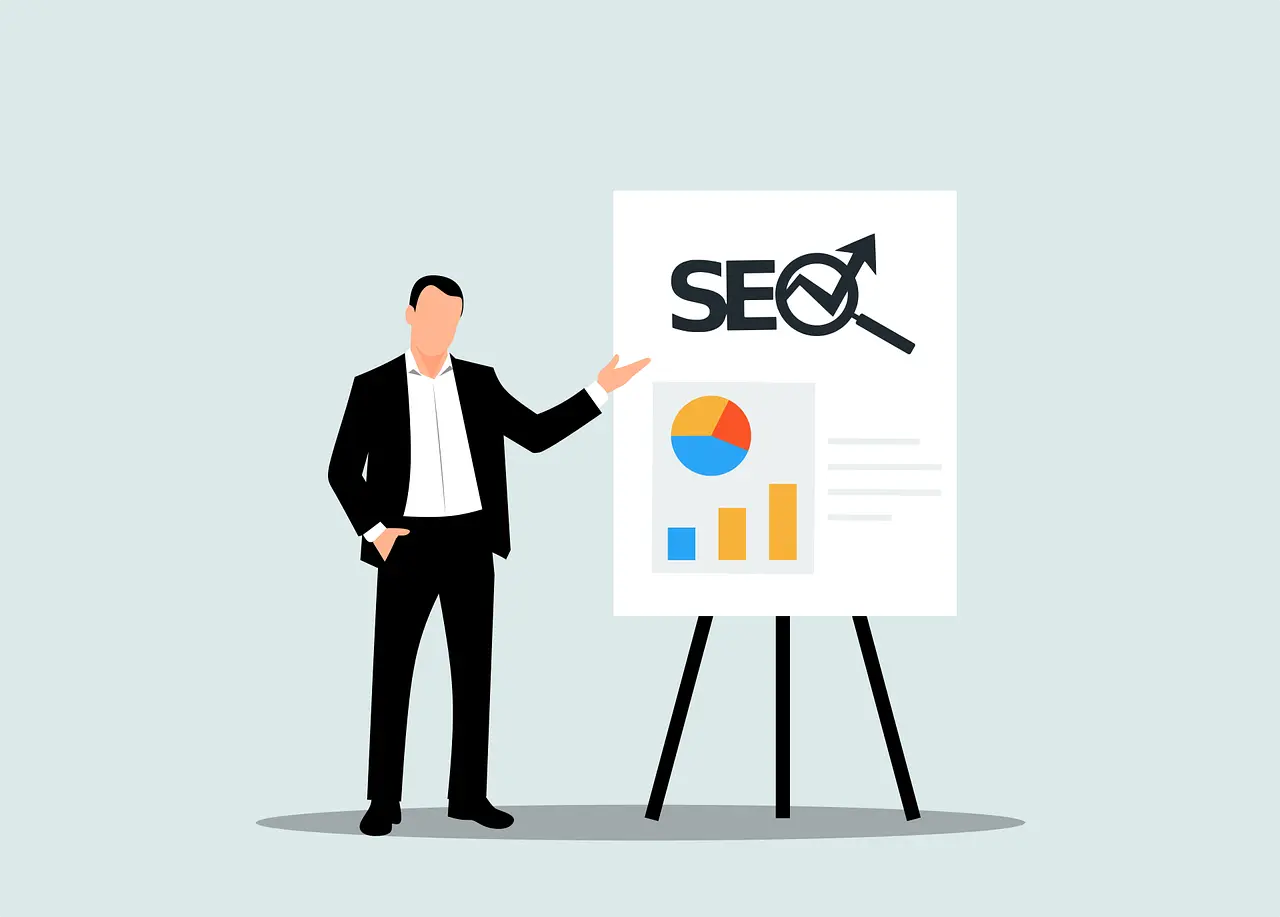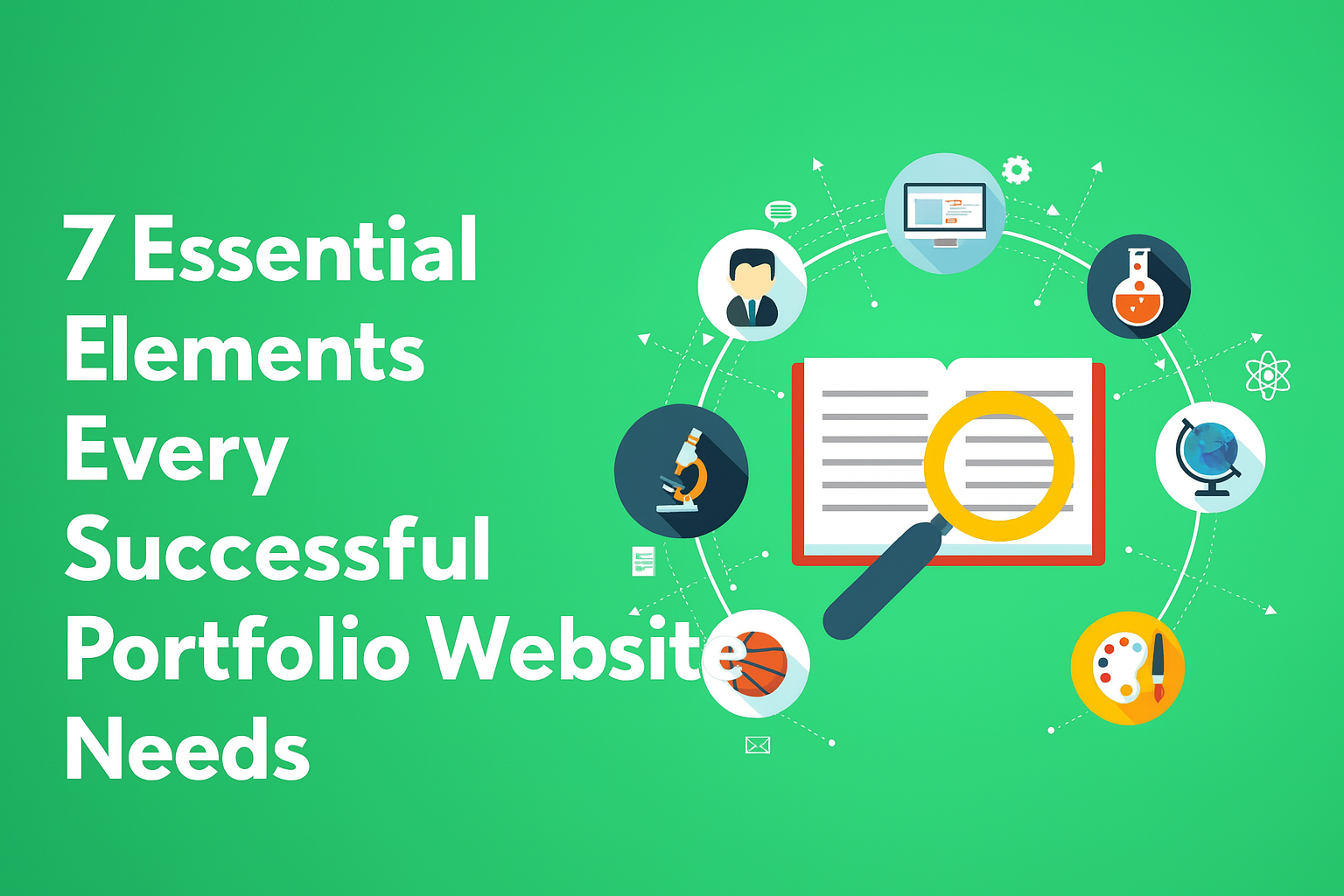You’ve probably heard that Search Engine Optimization (SEO) is a key part of digital marketing. But do you truly understand how it works?
SEO consists of various elements and is all about attracting traffic through free, organic, or natural search results in search engines.
By using SEO, you can increase your website’s visibility. Research from Backlinko shows that the top result on Google gets an average click-through rate (CTR) of 27.6%. In comparison, the second and third positions receive 18.7% and 10.2%, respectively. This means that securing the top spot or landing on Google’s first page can lead to more traffic and better chances to turn visitors into customers.
We also need to think about artificial intelligence. AI tools like Google’s RankBrain have changed the SEO game by improving search results, creating a more complex SEO environment.
With this in mind, let’s dive into why SEO is essential and explore five key elements that can help you drive traffic, attract quality leads, and increase sales.
Benefits of Using SEO
Many companies invest in SEO experts and resources because it’s effective! Let’s explore four major benefits of SEO and how it impacts web traffic and leads.
1. Increases Visibility and Improves Rankings
One of the main purposes of SEO is to boost your visibility, making it easier for potential customers to find you when they search for relevant offerings. Visibility is closely linked to your ranking.
The higher you appear on search engine results pages (SERPs), the more likely people are to notice you and visit your site. For instance, we recently revamped a popular blog about influencer statistics that had dropped in rankings. After updating it with fresh information, the blog regained its position at the top of Google.
2. SEO Drives Web Traffic
One of the primary goals of SEO is to increase web traffic. Think about this: the top organic result on Google is ten times more likely to get clicked than the one in the tenth spot, according to Backlinko.
As you climb the rankings, you’ll attract more visitors to your site.
A key target for many marketers is the “Featured Snippet,” often called position #0 because it appears above the first ranked URL. This snippet usually features content from a blog or landing page that answers a specific question users are searching for.
For example, if you search for “convert AU size to UK size,” you’ll see a Featured Snippet that provides the answer right away.
If you manage to earn a Featured Snippet, you can significantly boost your organic click-through rate. The key is to create content that Google considers valuable enough to highlight as a Featured Snippet.
To increase your website’s visibility in search results, focus on SEO practices that help you rank in the top five positions, ideally aiming for number one.
If you need agency support in SEO, content marketing, or paid media, reach out to Neil Patel Digital.
3. SEO Shows Authority
One of the primary goals of SEO is to increase web traffic. Think about this: the top organic result on Google is ten times more likely to get clicked than the one in the tenth spot, according to Backlinko.
As you climb the rankings, you’ll attract more visitors to your site.
A key target for many marketers is the “Featured Snippet,” often called position #0 because it appears above the first ranked URL. This snippet usually features content from a blog or landing page that answers a specific question users are searching for.
For example, if you search for “convert AU size to UK size,” you’ll see a Featured Snippet that provides the answer right away.
If you manage to earn a Featured Snippet, you can significantly boost your organic click-through rate. The key is to create content that Google considers valuable enough to highlight as a Featured Snippet.
To increase your website’s visibility in search results, focus on SEO practices that help you rank in the top five positions, ideally aiming for number one.
If you need agency support in SEO, content marketing, or paid media, reach out to Neil Patel Digital.
4. SEO Delivers a Better Customer Experience
Another important reason to prioritize SEO is that the effort you put into creating quality content and optimizing your site enhances its usability, leading to a smoother and more positive experience for customers.
For example, making your site responsive ensures it works well for mobile users and those on laptops or desktops.
Additionally, improving your page load speed can lower your bounce rate and encourage visitors to stay longer on your site. Consumers generally expect pages to load quickly, ideally within three seconds. Longer load times can lead to higher bounce rates and lower conversion rates.
It’s also essential to consider the customer journey. Review each touchpoint a customer encounters. For instance, when someone clicks on a blog in Google search, where do they go next? Is the content high-quality and relevant to what they were looking for? Can they read without interruptions, such as excessive pop-ups?
What are the main elements of SEO?
1. Keywords
SEO keywords (also referred to as “keywords” or “keyphrases”) are terms included in online content to enhance search engine rankings for those specific terms. Most keywords are identified during the keyword research process and are selected based on a mix of search volume, competition, and commercial intent.
hey are the words and phrases people use to search for content online, allowing brands to connect with potential customers seeking their products or services.
To effectively use keywords in your SEO strategy, you need to research and identify those that will drive traffic to your content across various channels.
STAT: URLs with keywords tend to have a 45% higher click-through rate than those without.
When researching keywords, aim for those with high search volumes and low competition. According to Backlinko, longer keywords (10-15 words) receive 1.76 times more clicks than single-word keywords.
2. Content
Content is a crucial element of SEO because it helps you connect with and engage your audience. It’s important to know your angle and create content that aligns with it.
For example, if you owned a garden center and wanted to boost your visibility, you could write a series of blog posts on gardening topics, such as “How to Choose the Right Plant for Your Garden” or “5 Tips for Growing Herbs.” These posts can help attract more visitors to your site (see the featured snippet below based on the search term).
3. Off-Page SEO
Off-page SEO refers to optimization practices that occur outside of your website.
The primary method for off-page SEO is building backlinks. Quality backlinks from other websites signal to search engines that your site is valuable and trustworthy, which helps establish your authority.
There are several effective strategies for building backlinks, including guest blogging, creating original research or whitepapers, developing comprehensive toolkits or guides, and utilizing influencer marketing.
The key to successful backlinking is ensuring that the links come from reputable and authoritative domains. A single high-quality backlink (like one from Forbes or The New York Times) is worth significantly more than many low-quality links.
4. Local SEO
To effectively implement local SEO, you should focus on several key tactics. First, use local keywords relevant to your business. It’s essential to maintain consistency in your Name, Address, and Phone Number (NAP) across all platforms. Claiming and verifying your Google My Business profile is crucial, as well as listing your business in local directories like Yelp. Encouraging customer reviews can significantly enhance your online presence. Additionally, make sure your website is mobile-friendly and create content that addresses local interests. Obtaining backlinks from authoritative local sites will boost your credibility, and using social media can help promote your business and engage with your audience. Finally, optimizing for voice search is becoming increasingly important as more consumers use voice assistants.
5.Search Engine Marketing
Search Engine Marketing (SEM) involves paid marketing efforts that can help you reach new and highly targeted audiences. While SEM isn’t always part of an SEO strategy, it plays a significant role in attracting new customers. In 2023, 40% of online ad revenue in the United States came from search advertising, highlighting the importance businesses place on SEM.
To maximize the effectiveness of your SEM activities, it’s essential to research keywords—considering both search volume and competition—identify and create content tailored to your target audience, and develop optimized landing pages that align with your ad content. SEM advertising activities include paid search (PPC marketing), display ads such as banner and remarketing ads, local search ads, shopping ads, video ads, native ads, programmatic ads, and affiliate marketing. By combining your SEO and SEM efforts, you can enhance your overall online visibility.


